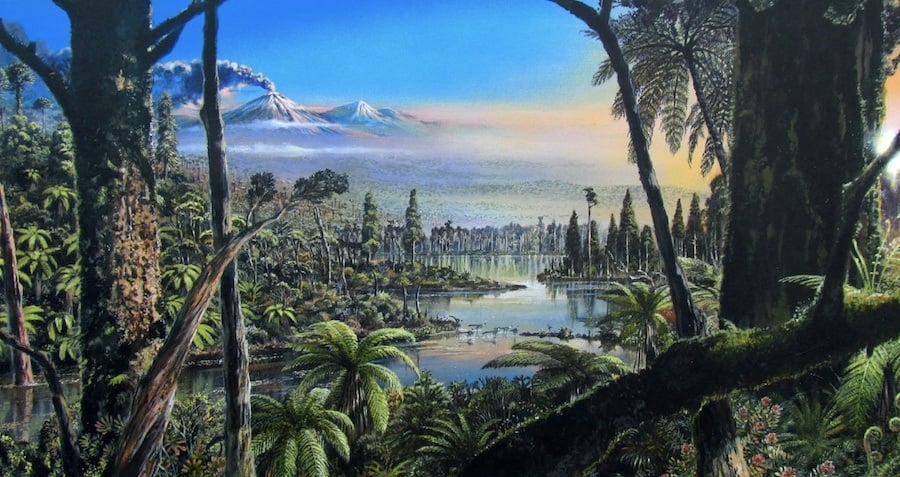“Unearthed Secrets: What a 90-Million-Year-Old Antarctic Rainforest Reveals About Earth’s Lost Climate”
To solve that riddle, researchers investigated the carbon dioxide levels that would’ve lingered in the atmosphere back then.
What they found were levels far higher than exiting climate models suggest. Since carbon dioxide is responsible for the warming effect of our planet, the data fits.
“We now know that there could easily be four straight months without sunlight in the Cretaceous,” said Torsten Blickert, co-author of the study and geoscientist at the University of Bremen’s MARUM research center.
“But because the carbon dioxide concentration was so high, the climate around the South Pole was nevertheless temperate, without ice masses.”
In the end, this fascinating research has only led the experts down another path — as the best data usually does. Next on the list of mysteries to solve: what on Earth caused Antarctica to cool off enough to form its ice sheets?
After learning about Antarctica’s ancient past, take a look at 33 vintage photos of Antarctica’s frozen hellscape. Then, learn about the “unprecedented” Arctic wildfires captured by satellite photography.




















